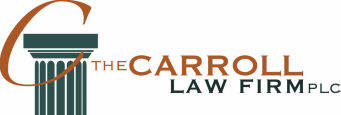Apple has recently been in the news with a billion-dollar jury verdict based on patent infringement. Further Apple and other companies make millions and billions of dollars on products that are protected by patents. There are several types of patents in the United States, utility patents, plant patents, and design patents. The recent Apple lawsuit involved both utility and design patents to protect Apple’s products. Most inventors seek a utility patent that protects a the way new device or process works. If the invention has value based on unique looks, then an inventor should consider a design patent to protect the against the copying of the way the product looks.
Before you are granted a patent by the United States Patent and Trademark Office, you will need to file an application. For utility patents, you can file a provisional application which is only good for one year, or you can file a non-provisional application. If you file the provisional application, you will need to then file a non-provisional application within one year. The Patent Office hires an “examiner” to review the non-provisional applications and determine if a patent should be granted or you can do an online patent search for the same. In most cases the patent examiner requires changes to the application before granting a patent. The requirement to make changes can come in the form of a “rejection” of the application. This does not mean that the application was not filed properly, but rather means that the examiner believes that the legal description of the invention called a “claim” does not, as written, qualify for a patent. Each claim can be changed, and legal arguments can be made that the patent examiners are not correct in their rejection of the claims. In most cases one or more amendments are filed to get past the examiner’s rejections. In other cases an appeal needs to be filed, appealing the rejection of the claims.
Once a patent is granted the inventor needs to pay a fee to have the patent “issued” and there are continuing fees to “maintain” the patent so that the Patent Office does not declare the patent abandoned.
Design patents have a similar process for application, but there is no opportunity to file a provisional application. Design patents are usually granted much faster than utility patents, because they are usually not as complex.
A granted patent is required to sue someone in court for infringing your patent, but a granted patent is not required to make, sell, and license your invention.
The Carroll Law Firm has a patent attorney on staff who can prepare and file your patent application, and help you secure patent rights to your invention.






